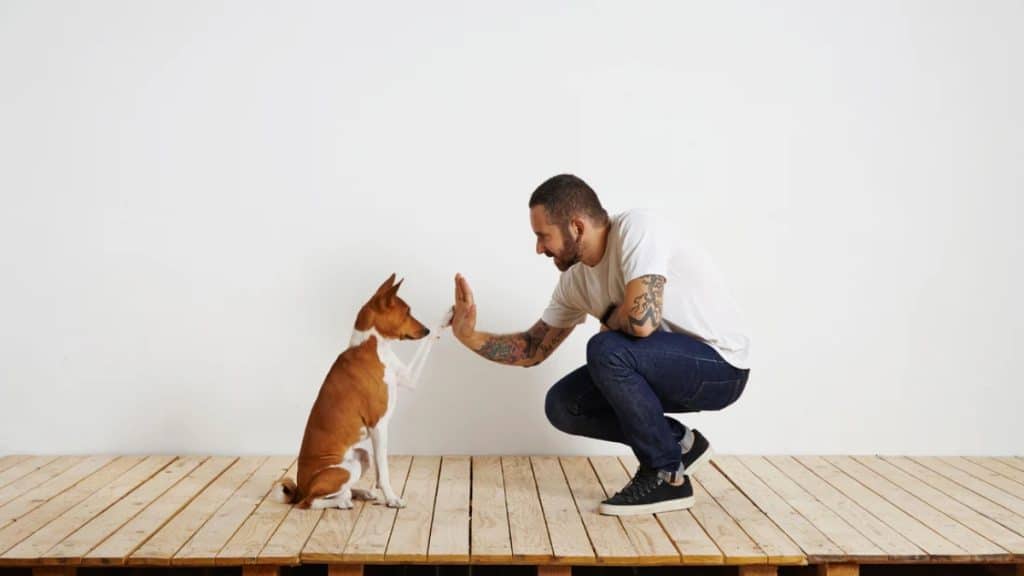Dog training is a critical part of pet parenting that no one should overlook. It helps you instill the dream character you have been dying to have in your pet and establishes an unbreakable bond between you. That’s why you should start dog training immediately.
Here are some tips to make your efforts more fruitful and the experience more enjoyable.
Get the Proper Knowledge and Skills
Dog training can be easy when you have all the relevant information. Progressing without the proper knowledge and skills often takes longer or requires inappropriate training.
Therefore, you must acquire basic dog training before entering the classroom. There are tons of resources, both online and offline, that can help you understand the subject.
Offer the Right Dog Food
Training and nutrition always work together. It can be difficult for your dog to be calm and attentive in class when its nutritional well-being is at stake. So, you must invest in the right products from brands like Acana dog food.
Your food’s types, portions, and frequency depend mainly on your breed. Always ensure the pet is fed healthy to keep its energy levels adequate for training sessions.
Tag Along the Treats as Rewards
Treats play a significant role in dog training. When your dog reaches a particular command, imagine how motivated they would be to go on their favourite trip.
They will be happy, encouraged, and eager for the next training day. Trainers and pet parents are encouraged to use treats wisely to prevent total dependency on their dogs. Treats must be balanced, not overfed or unhealthy.
Use Positive Reinforcement
Positive reinforcement refers to the praise, motivation, and calmness you exercise while training your dog. Many dog parents and specialists have tried, tested, and approved this as the secret to successful sessions. While harsh with your dog during training may seem like an excellent idea, it often scares them away.
Positive reinforcement keeps them in the mood because they feel appreciated, encouraged, and loved. In addition to rewarding them with treats, positive reinforcement can be exercised through gentle commands, short and precise instructions, and verbal praise.
Be Consistent and Intentional
Nothing matches consistency in training, whether for dogs or humans. In this case, consistency means creating a routine and sticking to it. For example, try to get your dog used to uniform training hours, materials, the environment, and intonations or words.
Even when introducing something, it is advisable to take it slow until the child gets used to it. Sudden changes can easily disrupt their way of life and performance.
Expect a Bunch of Challenges
It is important to recognize that dog training is not child’s play right from the beginning. Many parents experience challenges at different stages of instilling proper behaviour in their pets. Understanding that early will help you prepare adequately for any possibilities that may come.
It would help if you did not compare your journey with others because various dogs, even those of the same breed, respond differently. The key is to remain determined, patient, realistic, and hopeful. Hard work will pay off someday.
Consider a Professional
Some professional trainers are fully qualified and have experience working with dogs of all sizes and breeds. If you find teaching your pet challenging, do not wait to contact these experts. Their expertise guarantees the fastest and most efficient results at an affordable price.
You only need to make sure you connect with the right one regarding certification, credibility, performance, affordability, and accessibility. You can ask for recommendations online or from other dog parents. Still, personal research should be conducted for more assurance.
Start Early Enough
Dog training is better the earlier. Many breeders advise new parents to start the process as early as six to eight weeks, just when the puppy is eager to learn a few basics. This step lays a strong foundation for all the other classes to develop more complex instructions.
In cases where the dog is older than ten weeks, training should start as soon as it arrives at your home. This allows more time to bond with your furry friend and eliminates unwanted behaviour risks.
